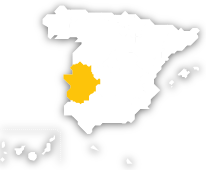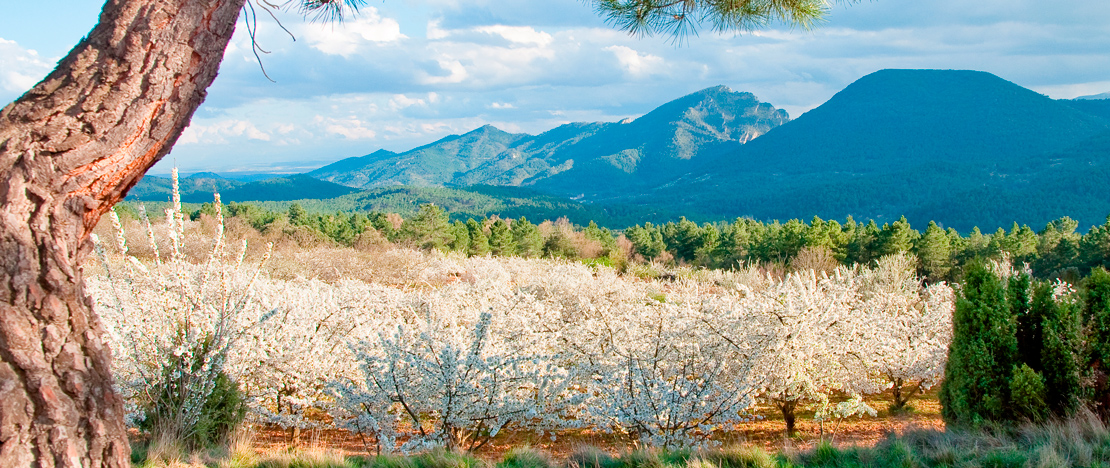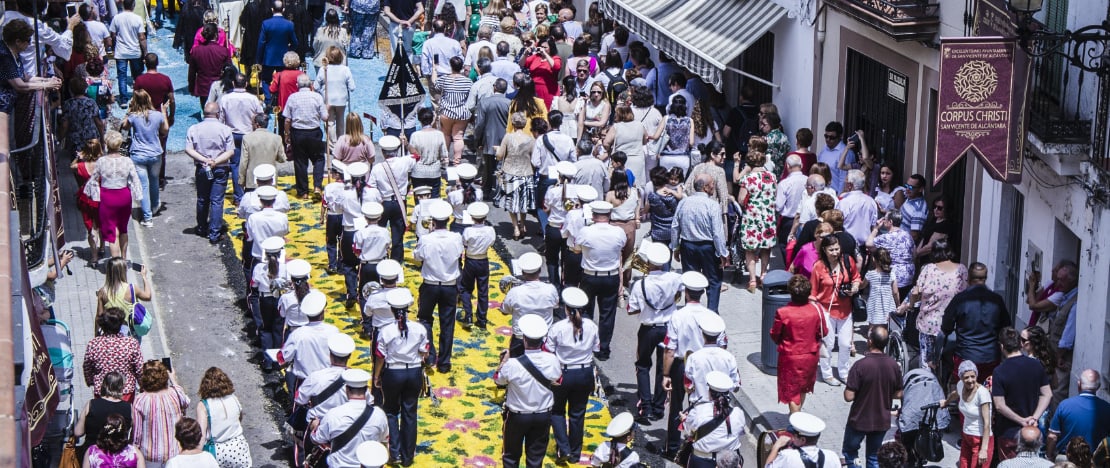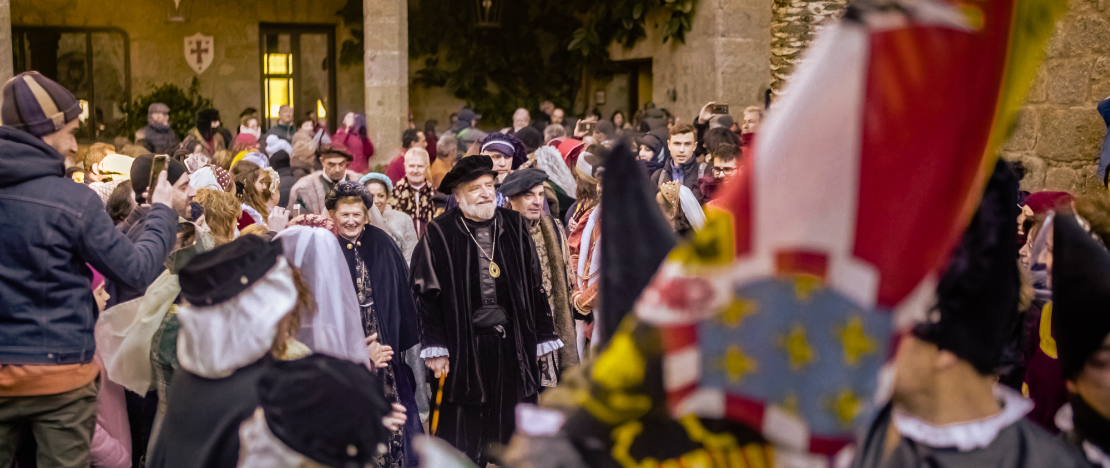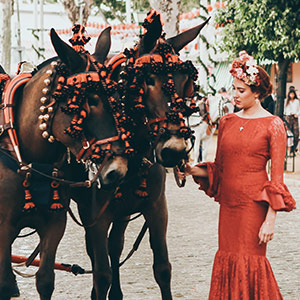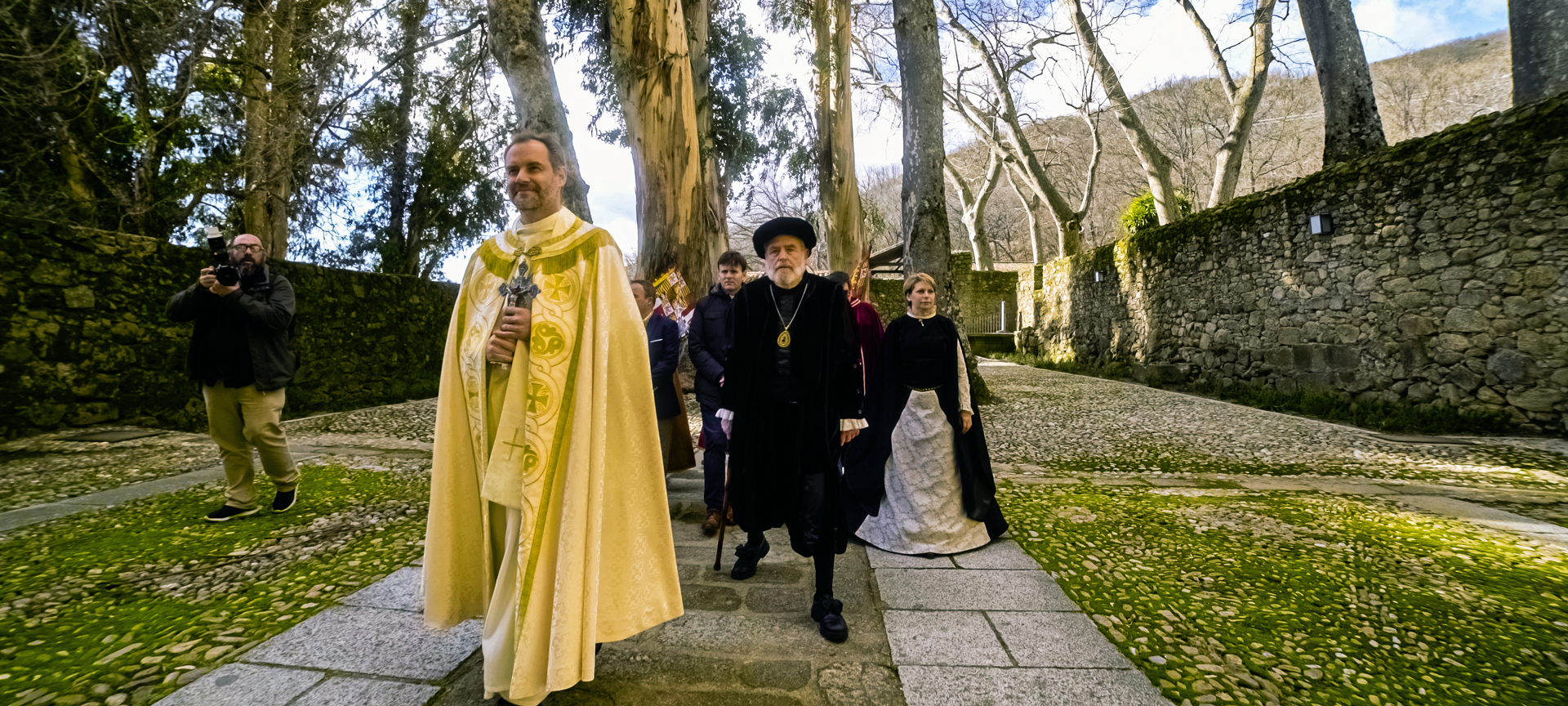
There are dates on the calendar that mark the ideal moment to revive the legends that the villages and towns keep remembering, and that commemorate their history. And to be honest, what better way to discover Extremadura’s folklore than taking part in its traditional popular fiestas. Many have also been declared as fiestas of tourist interest in Extremadura! Would you like to get to know some of them?
Debe activar Javascript para poder utilizar este servicio
-
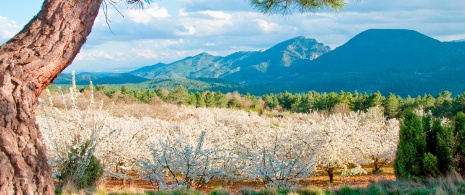
fiesta del cerezo en flor (Cherry blossom fiesta), Valle del Jerte, (Cáceres)
11 villages make up the region of the Valle del Jerte, where it is traditional to celebrate the Cherry Blossom Festival with the arrival of spring in the valley. An area known for its local cherry that, during this time, pays homage to the customs of the region, in which its more than a million cherry trees in bloom become a tourist attraction to such a point that it was proclaimed a Festival of National Interest for Tourism. The stage preceding the festival is known as the Awakening of the Valley, while the last phase is the Rain of Petals. During a whole month practically, activities which are strongly linked to the Valle del Jerte's gastronomy and popular culture are set up, such as arts and crafts markets, and routes and visits to traditional farmhouses, which have been an important witness to these villages.
-
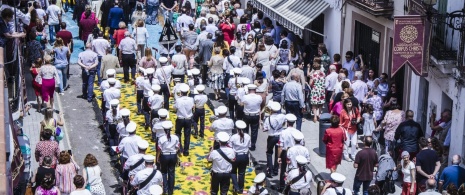
Corpus Christi, San Vicente de Alcántara (Badajoz)
During the second or third Sunday of June, the streets of this town are decorated with colourful carpets, through which the Corpus Christi procession goes through, undoing them as it passes along. The carpets are made up of painted cork sawdust, as San Vicente de Alcántara is an important producer of this material.If you arrive a few hours before the procession, you’ll be able to see how the village locals put the final touches on the carpets, continuing this lovely creative tradition involving floral motifs and drawings with coloured sawdust. It’s worth getting up early to see them before they disappear!
-

The Encamisá or carrera of San Antón (San Antón run), Navalvillar de Pela (Badajoz)
Popular memory tells that, during the advance of the Arab army through the peninsula in the Middle Ages, its soldiers tried to conquer the Extremaduran town of Navalvillar de Pela. The locals, who were aware of their inferiority in numbers, devised a strategy to intimidate the assailants: They lit bonfires, sped through the streets on their horses and dressed in wide white shirts and hats, all while the drums and war cries resounded.This resulted in the Arab army retreating, believing nothing could be done when facing the fierce locals. The town dedicated the victory to its patron San Antón. From then onwards, on the night of 16 January, the San Antón run is organised through the streets of the town, with costumes similar to those worn by the locals in the Middle Ages; with the beating of the drums and bonfires as a perfect backdrop. In addition, during the celebration, there are stalls offering buñuelos (fried dough fritters) and the local pitarra wine.
-

Route of Emperor Charles V, La Vera (Cáceres)
Although you can do the Route of Emperor Charles V at any time of the year, it takes on a special importance the first weekend of February. On those dates, walkers commemorate the journey that Emperor Charles V undertook in 1557, from the Castle of the Counts of Oropesa in Jarandilla de la Vera, to his arrival at the Monastery of Yuste in Cuacos de Yuste, where he decided to stay until his death.The route is 10 kilometres long, along which people taking part will be offered typical dishes from the area such as migas extremeñas, La Vera pimentón, chorizo, Extremaduran huesillos (traditional dessert from Extremadura)... In addition, in the passing towns, craft markets, theatrical performances set in medieval times and popular dances are scheduled. A route full of nature, history and folklore!
Travel plans for inspiring you
